Sri Lanka, known as the “Pearl of the Indian Ocean,” offers a mix of stunning beaches, lush rainforests, and ancient historical sites. A comprehensive map highlights key attractions, making it easy to plan your journey and discover hidden gems across this vibrant island.
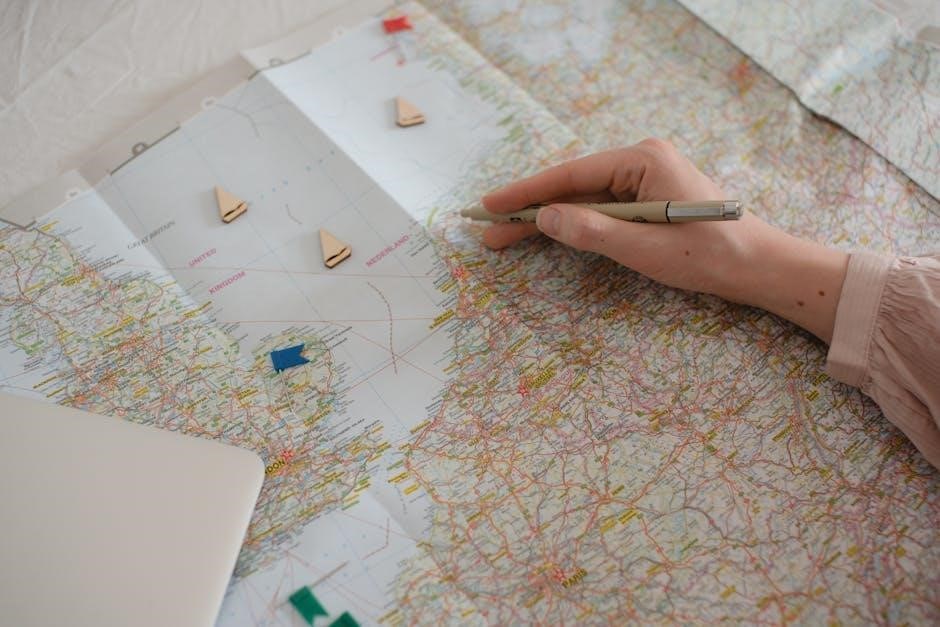
Best Times to Visit
The best time to visit Sri Lanka is during the dry season, from December to April, when weather conditions are ideal for exploring its diverse landscapes and attractions.
2.1 Seasonal Activities
During the dry season (December to April), Sri Lanka’s beaches and wildlife safaris thrive, with Yala National Park being ideal for spotting leopards and elephants. The wet season (May to September) brings lush landscapes, perfect for trekking in the hill country, where waterfalls and tea plantations flourish. Seasonal festivals and cultural events also take place, offering a glimpse into the island’s vibrant traditions.
2.2 Regional Climate Variations
Sri Lanka’s climate varies by region, with the central highlands experiencing cooler temperatures (10–20°C) and coastal areas enjoying tropical warmth (22–30°C). The northeast monsoon affects the east and north from November to March, while the southwest monsoon impacts the west and south from May to September. Understanding these regional variations helps travelers plan visits to beaches, wildlife parks, or hill stations, ensuring optimal weather conditions for their activities.

Historical Cities
Sri Lanka’s historical cities, such as Anuradhapura and Kandy, are treasures of ancient kingdoms, offering rich cultural and historical exploration for curious travelers.
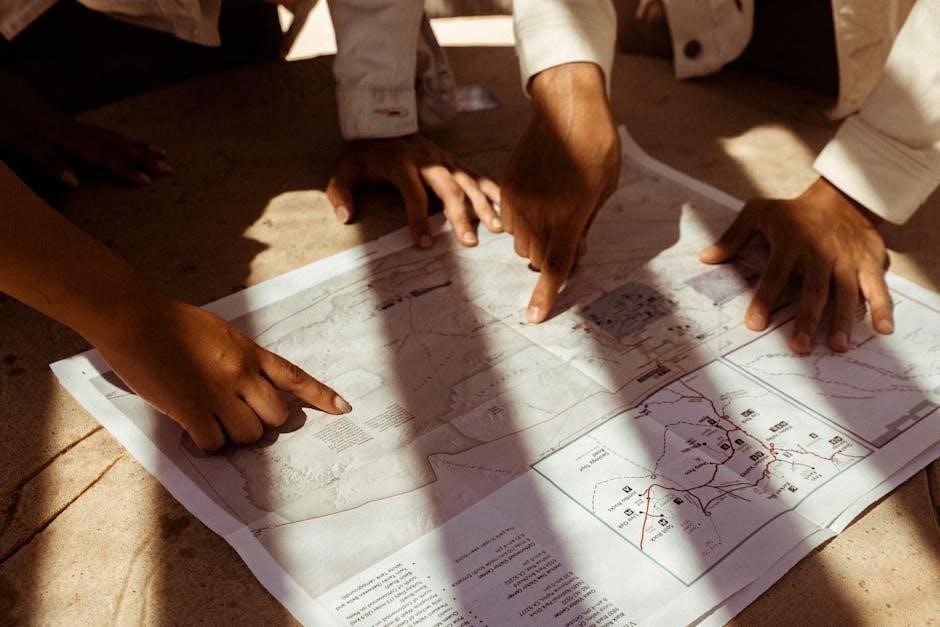
3.1 Anuradhapura
Anuradhapura, a UNESCO World Heritage Site, is one of Sri Lanka’s most sacred cities. It boasts ancient ruins, including massive dagabas, monasteries, and the revered Bodhi Tree, over 2,000 years old. This historic capital is a must-visit for those interested in Buddhism and history, offering a glimpse into Sri Lanka’s rich past and spiritual heritage.
3.2 Kandy
Kandy, the last capital of the Sinhala kingdom, is a UNESCO World Heritage Site nestled in Sri Lanka’s central hills. It is home to the revered Temple of the Sacred Tooth Relic, a major pilgrimage site. The city hosts the vibrant Esala Perahera festival, showcasing traditional dances and elephant parades. Surrounded by lush forests and the Knuckles Mountain Range, Kandy offers a blend of history, culture, and natural beauty, making it a highlight of any Sri Lankan journey.
Beaches and Coastal Areas
Sri Lanka’s coastline boasts stunning beaches with golden sands and clear waters. From bustling spots like Negombo to secluded coves, the tropical climate ensures year-round enjoyment.
4.1 Popular Beaches
Sri Lanka’s coastline features iconic beaches like Negombo, known for its vibrant nightlife, and Mirissa, famous for whale watching. Bentota boasts luxurious resorts and water sports, while Unawatuna offers a mix of history and relaxation. Weligama, with its surfing spots, attracts adventure seekers. These beaches, highlighted on Sri Lanka’s tourist map, provide diverse experiences, from lively gatherings to serene escapes, catering to all types of travelers seeking tropical bliss.
4.2 Coastal Activities
Sri Lanka’s coastline offers a variety of activities for all types of travelers. Water sports like surfing and snorkeling are popular in spots like Weligama and Pigeon Island. Whale watching tours from Mirissa provide unforgettable ocean encounters. Fishing villages and catamaran rides offer cultural insights. A travel guide map helps you explore hidden coves and plan coastal adventures seamlessly, ensuring a memorable experience along Sri Lanka’s stunning shores.
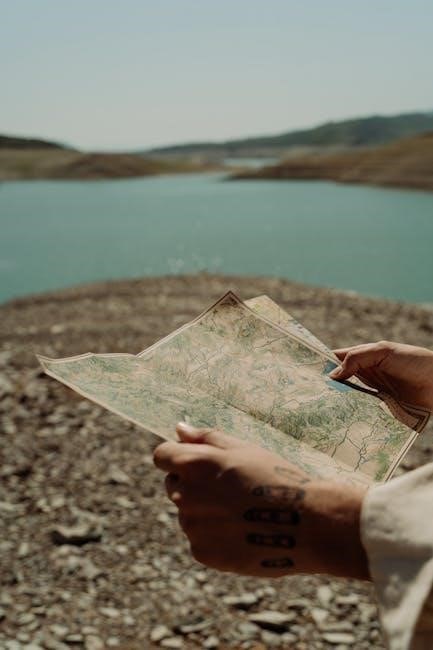
Wildlife and National Parks
Sri Lanka is a biodiversity hotspot, with national parks like Yala and Wilpattu offering sightings of elephants, leopards, and crocodiles. A travel guide map helps navigate these wildlife sanctuaries.
5.1 Major National Parks
Sri Lanka is home to renowned national parks like Yala and Wilpattu, offering diverse wildlife experiences. Yala, known for its high concentration of leopards, is a must-visit for wildlife enthusiasts. Wilpattu, with its unique villus and abundant birdlife, provides a serene backdrop for exploration. These parks are easily accessible using a detailed travel guide map, ensuring visitors can plan their safaris efficiently and make the most of their wildlife adventures in Sri Lanka.
5.2 Wildlife Safaris
Sri Lanka’s wildlife safaris offer thrilling encounters with its diverse fauna. From spotting leopards in Yala to witnessing elephant herds in Wilpattu, these experiences are unforgettable. Guided tours in 4×4 jeeps provide close-ups of exotic birds and reptiles. Morning and evening safaris are ideal for observing wildlife. For the best experience, use a travel guide map to plan routes and timing. Remember to bring binoculars and follow park guidelines to ensure a safe and enjoyable adventure.
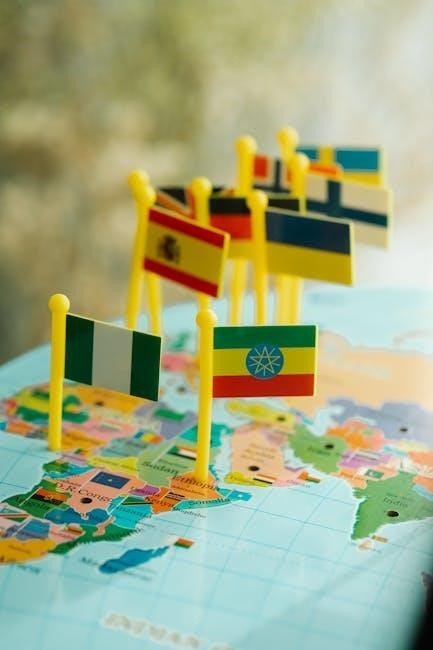
Cultural Experiences
Immerse yourself in Sri Lanka’s vibrant culture by exploring its festivals, traditional dances, and Buddhist heritage. Experience the local customs and traditions that define this enchanting island.
6.1 Festivals and Events
Sri Lanka’s cultural calendar is vibrant with festivals that showcase its rich heritage. The Vesak Poya in May honors Buddha’s birth with dazzling lanterns and processions. The Kandy Esala Perahera in July-August features elephant parades and traditional dances, celebrating the Tooth Relic. The Galle Literary Festival in January-February attracts writers and art lovers. These events offer a glimpse into Sri Lanka’s spiritual and artistic traditions, making them unforgettable experiences for travelers.
6.2 Local Customs
Sri Lanka’s rich cultural tapestry is reflected in its customs. Visitors should remove shoes when entering temples and avoid pointing feet at Buddha statues. Respectful attire is essential for religious sites. Locals greet with a slight bow or “Ayubowan,” meaning “long life.” Public displays of affection are rare, and modest dress is appreciated. Understanding these norms enhances cultural immersion and fosters positive interactions during your journey through this diverse and welcoming island.
Transportation
Sri Lanka offers various transportation options, including tuk-tuks for short rides, scenic trains for longer journeys, and car rentals for flexibility and convenient exploration.

7.1 Tuk-Tuks
Tuk-tuks are a popular and affordable mode of transport in Sri Lanka, ideal for short distances. They are widely available and can navigate narrow streets easily. Many drivers offer pre-arranged fares, while others use meters. It’s advisable to negotiate the price beforehand or ask your accommodation for recommended drivers. Tuk-tuks provide a convenient and culturally immersive way to explore the island, especially in bustling cities and rural areas.
7.2 Trains
Trains in Sri Lanka offer a scenic and affordable way to travel, with routes connecting major cities and rural areas. The network includes first and second-class options, with first class providing air-conditioned comfort. Popular routes like Kandy to Ella showcase breathtaking views of tea plantations and mountains. Train schedules can vary, and tickets often sell out quickly, especially during peak seasons. Booking in advance is recommended for a smooth journey.
7.3 Renting a Car
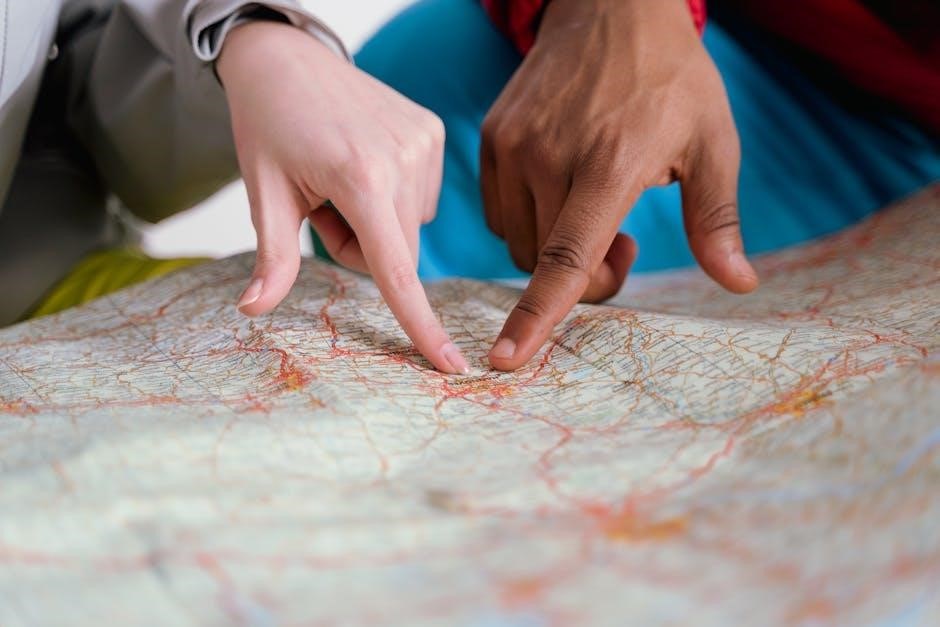
Renting a car in Sri Lanka offers flexibility for exploring its diverse landscapes. A valid driver’s license is required, and an international license is recommended. SUVs are ideal for rough terrain, while smaller cars suffice for city driving. Many rental agencies offer chauffer-driven options, which can be safer due to local driving conditions. Fuel costs and parking fees should be considered. Booking in advance is advisable, especially during peak travel seasons.
Safety Tips
Stay informed about local conditions, respect cultural norms, and secure personal belongings. Avoid displaying wealth and use reliable transportation to ensure a safe and enjoyable journey.
8.1 General Safety
Exercise caution in crowded areas and avoid displaying valuables. Use reputable transportation services and ensure your accommodation is secure; Stay informed about local conditions and respect cultural norms. When traveling by tuk-tuk, ask your hotel for trusted drivers. Keep belongings secure, especially in busy markets. Be mindful of medication availability, as pharmacy hours and access may differ. Respect local customs to avoid unintended offense and ensure a smooth journey.

8.2 Solo Female Travelers

Solo female travelers should exercise extra caution in Sri Lanka. Dress modestly to respect local customs, especially when visiting temples. Avoid traveling alone at night and use trusted transportation services. Stay informed about your surroundings and keep hotel staff or trusted contacts updated on your itinerary. Be prepared for attention in public areas and consider carrying a scarf for added comfort. Prioritize your safety and well-being to ensure an empowering travel experience.
Health and Medical Information
Ensure to pack necessary medications, as some may be scarce. Be mindful of pharmacy hours and local availability, which can differ from your home country.
9.1 Vaccinations
Travelers to Sri Lanka should ensure they are up-to-date on routine vaccinations. Hepatitis A and Typhoid are recommended due to the risk of foodborne illnesses. Rabies vaccination is also advised for those planning to interact with animals. Consult a healthcare professional to determine specific needs based on your itinerary and health status. Additionally, check if any COVID-19 or other pandemic-related requirements are in place before your trip.
9.2 Medical Facilities
Sri Lanka has a well-established healthcare system, with modern medical facilities in major cities like Colombo. Private hospitals provide high-quality care, while public facilities are more affordable. However, rural areas may have limited resources. It is advisable to pack essential medications, as some may have different names locally. Always check pharmacy hours and availability, especially when traveling to remote regions. Ensure you have a reliable source for medical assistance during your stay.
Practical Information
Sri Lanka uses the Sri Lankan Rupee (LKR). Sinhala and Tamil are official languages, with English widely spoken. Local customs include removing shoes in temples and polite bargaining.
10.1 Currency and Language
The official currency of Sri Lanka is the Sri Lankan Rupee (LKR). English is widely spoken, especially in tourist areas, alongside Sinhala and Tamil. Credit cards are accepted in major cities, but cash is king in rural regions. Exchanging currency upon arrival is recommended for convenience. Basic knowledge of local phrases can enhance interactions with friendly locals, making your travel experience more enriching and authentic.
10.2 Local Etiquette
Respect for tradition is key in Sri Lanka. Remove shoes when entering temples and dress modestly. Use your right hand for eating or giving/receiving items. Public displays of affection are frowned upon. Bargain politely at markets. Respect elders and avoid loud behavior in public. These customs ensure a harmonious experience, fostering positive interactions with the friendly locals and enriching your cultural immersion in this vibrant island nation.
Sri Lanka, the “Pearl of the Indian Ocean,” captivates travelers with its rich history, pristine beaches, and vibrant culture. From ancient cities to wildlife safaris, this island offers diverse experiences. A comprehensive map guides explorers seamlessly, ensuring unforgettable adventures. With friendly locals, stunning landscapes, and timeless charm, Sri Lanka promises a journey filled with memories. Plan your trip thoughtfully, embrace local customs, and immerse yourself in this enchanting destination for an unparalleled travel experience.